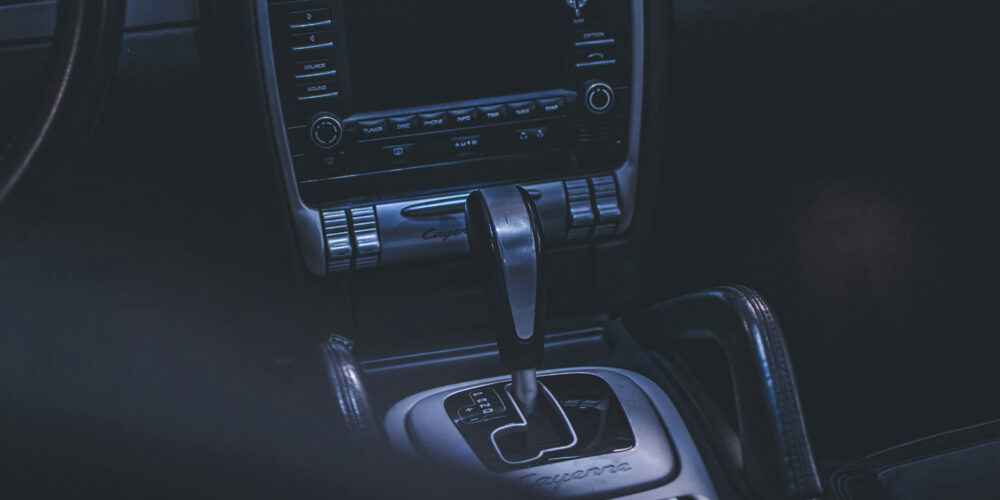When it comes to performance driving, gear shifts matter. Not just when they happen, but how they happen. That’s why dual-clutch transmissions (DCTs) have gained a loyal following among driving enthusiasts and automakers alike. At Service4Service, we see firsthand how these systems work, where they shine, and what drivers need to know to get the most from them.
In this article, we’ll break down how a DCT works, why it’s faster than a traditional automatic or manual, and what makes it a go-to choice for those who care about power delivery and responsiveness.
What Is a Dual-Clutch Transmission?
A dual-clutch transmission is essentially two gearboxes working in parallel, each with its own clutch. One clutch handles the odd-numbered gears (1, 3, 5, etc.), and the other handles the even-numbered gears (2, 4, 6, etc.). Instead of shifting gears sequentially using a single clutch, a DCT pre-selects the next gear on the unused clutch. When it’s time to shift, it simply switches clutches, almost instantly.
This setup combines the best of both worlds – the efficiency and direct control of a manual, and the convenience and speed of an automatic.
How Does It Actually Work?
Let’s simplify the DCT into key components:
- Two Clutches
Most DCTs use either dry or wet clutches, depending on the power level. Dry clutches are lighter and more efficient, while wet clutches (cooled by transmission fluid) handle higher torque. - Input Shafts
Each clutch connects to its own input shaft, one inside the other, feeding power into alternating sets of gears. - Preselection Logic
While one gear is engaged and driving the wheels, the next gear is preselected and ready to go. The car’s ECU controls the whole process. - Shift Execution
When a shift is needed, the DCT disengages one clutch and engages the other, nearly instantaneously. No torque converter, no manual clutch pedal, just smooth, rapid transitions.
Why Enthusiasts Love It
- Blazing-Fast Shifts
This is the #1 reason DCTs are praised in performance circles. A properly tuned DCT can shift in as little as 100 milliseconds, or faster. That means minimal power interruption during gear changes, and more of your engine’s energy going to the wheels, more of the time. - Consistent Performance
Unlike a manual gearbox, where human error can slow down shifts or cause wear, a DCT delivers the same quick, clean gear change every time. On the track or in spirited driving, this consistency matters. - Fuel Efficiency
Though DCTs are performance-oriented, they’re also efficient. The direct drive nature and lack of torque converter losses (as in traditional automatics) mean better fuel economy under normal conditions. - Control When You Want It
DCTs usually offer manual override via paddles or gear selectors. So if you want to control upshifts and downshifts, say, for engine braking into a corner, you can. But in stop-and-go traffic, you can just let the car handle it.
Where You’ll Find DCTs
You’ll see DCTs in everything from the Volkswagen DSG (Direct-Shift Gearbox) and Ford PowerShift to high-end supercars from Porsche, Ferrari, and McLaren. Even some motorcycles use DCTs now (e.g., Honda’s system in the Africa Twin).
DCTs have become a go-to for automakers looking to combine a sporty feel with modern convenience. They’re especially common in hot hatches, sports sedans, and performance SUVs.
Real-World Considerations
At Service4Service, we also see the other side of the story. DCTs are complex. When they work, they’re brilliant. When they don’t, repairs can be expensive and specialised.
Some common issues include:
- Clutch wear (especially on dry clutch systems in heavy traffic)
- Mechatronics failures (the brain of the transmission)
- Jerky low-speed performance, particularly in early-generation DCTs
That’s why regular servicing, proper fluid maintenance (for wet clutches), and firmware updates are crucial to keeping a DCT healthy. We always advise our customers: know what you’re buying. A well-maintained DCT can be an absolute joy. A neglected one? Not so much.
Keeping Your DCT in Top Shape
A dual-clutch transmission is a marvel of modern automotive engineering. It’s fast, efficient, and perfectly suited to both spirited driving and everyday use, if you take care of it.
At Service4Service, we’re here to help you keep your transmission performing like it should. Whether it’s diagnostics, repairs, or just understanding how your vehicle’s systems work, we’ve got the expertise to back you up.
Got a DCT and wondering if it’s working as it should? Don’t wait for symptoms to get worse – book a transmission check with us today.
